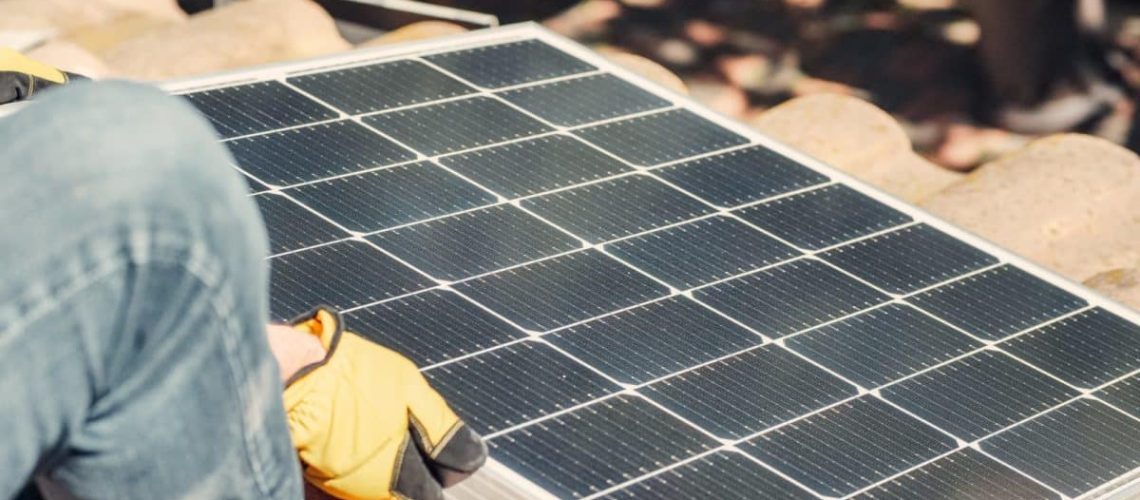A webinar hosted by Roth Capital Partners looked at the health of the residential solar market and forecasts for next year.
After impressive installation growth rates of roughly 30% in 2021 and 2022, residential solar began to cool off in 2023 as high interest rates and policy changes challenged the value being offered to homeowners. In 2024, the market continues to weather the high interest rate storm, and numerous large installers have announced bankruptcies.
Phil Shen, managing director, Roth Capital Partners hosted a webinar featuring experts in the residential solar industry to provide a snapshot of the market as it moves through the summer sales cycle.
Data platform Ohm Analytics said it expects U.S. residential solar installations to be down 20% year over year in 2024 as the market adjusts to the rate environment and increasingly includes batteries in customer offerings. Roth reiterated the down 20% outlook.
As for 2025, Ohm Analytics expects the market to slowly recover. The company placed a 5% to 10% year over year growth forecast for installations next year, with 2026 forecast to grow at a similar rate. Fore a five year outlook, Ohm expects a “stable build” in the market.
The market should also expect a lift from the domestic content bonus within the Inflation Reduction Act, which makes projects eligible for a 10% tax credit adder if they meet requirements for including U.S.-made components in their project. Details of how this credit will be shared among financers, sales teams, installers, and customers are still being ironed out, but Shen noted that the credit makes a notable $0.50 per watt of value for residential customers.
Regionally, there are significant differences in growth, battery attachment rates, and technology being used.
For example, Matthew McFadden, owner and chief executive officer of SunnyMac Solar, shared that his firm, a solar sales platform serving New Jersey, Pennsylvania, and Maryland said business has been steady in 2024. Looking out to 2025, he expects this region to undergo at least 10% to 20% year on year growth, though he said this could be as much as doubled.
SunnyMac said its Mid-Atlantic region remains a low battery attachment rate market, with less than 1% of sales including battery energy storage. McFadden said this is set to change in 2025, as Maryland’s lucrative battery incentive program rolls out and legislation in New Jersey is developed. He said that battery attachment rates in New Jersey are expected to increase four to ten times next year.
McFadden said his team is also targeting expansion into western Pennsylvania, where nearly every community is designated as an Energy Community under the Inflation Reduction Act, potentially making projects eligible for a 10% tax credit adder on top of the base 30% investment tax credit.
SunnyMac said it is currently using about 95% SolarEdge inverters and 5% Enphase in its projects. McFadden said that this market share is likely to be ceded to Tesla as battery adoption rises, since Tesla’s Powerwall 3 offers an attractive low-cost bundle of battery storage and inverters.
For the Southwest and West, market dynamics are much different. Caleb Antonucci, chief executive officer of sales platform Our World Energy said its markets of Arizona, New Mexico, Colorado and Texas said his firm’s sales were up 60% year-over-year. He said that as more smaller installers go bankrupt, firm’s like Our World Energy and SunnyMac are absorbing existing sales teams and growing.
The technology mix is much different in this region. Our World Energy has historically offered Enphase inverters in 100% of its projects, but market share has begun to turn over to Tesla. In Southwest markets, Tesla inverters are now about 20% of the market share, as they are offered as a low-cost bundle with the Powerwall 3 battery. Antonucci said that Tesla’s market share may grow to 50% in 2025, and may even grow to 90% or more in the coming years as it dominates SolarEdge and Enphase on cost.
Shen shared that Tesla inverters are priced at $0.05 per watt or less when bundled with storage, while SolarEdge inverters add about $0.24 per watt and Enphase roughly $0.30 per watt.
Antonucci expects flat growth for his region in 2025, and highlighted Colorado and Texas as leading markets. Battery incentive programs in Colorado are expected to drive growth. He said that sales teams are shifting their approaches to lead with battery energy storage and include solar as a bonus. Antonucci said demand will continue to grow as younger generations that have strong sentiments toward renewable energy begin to purchase homes and add solar. He said that a shift toward leased systems is helping establish revenue growth as well.
Overall, the panel recognized 2023 and 2024 as years of recovery, restructuring, and consolidation. As more federal and state incentives go online, and interest rates possibly cool by year’s end, there are several positive forces ahead.
Demand is expected to continue as well. Ohm Analytics highlighted a Forbes survey that showed 90% of home solar owners were satisfied with their system. Energy independence was listed as the main reason for going solar, while bill savings was the second most important benefit listed by respondents.



